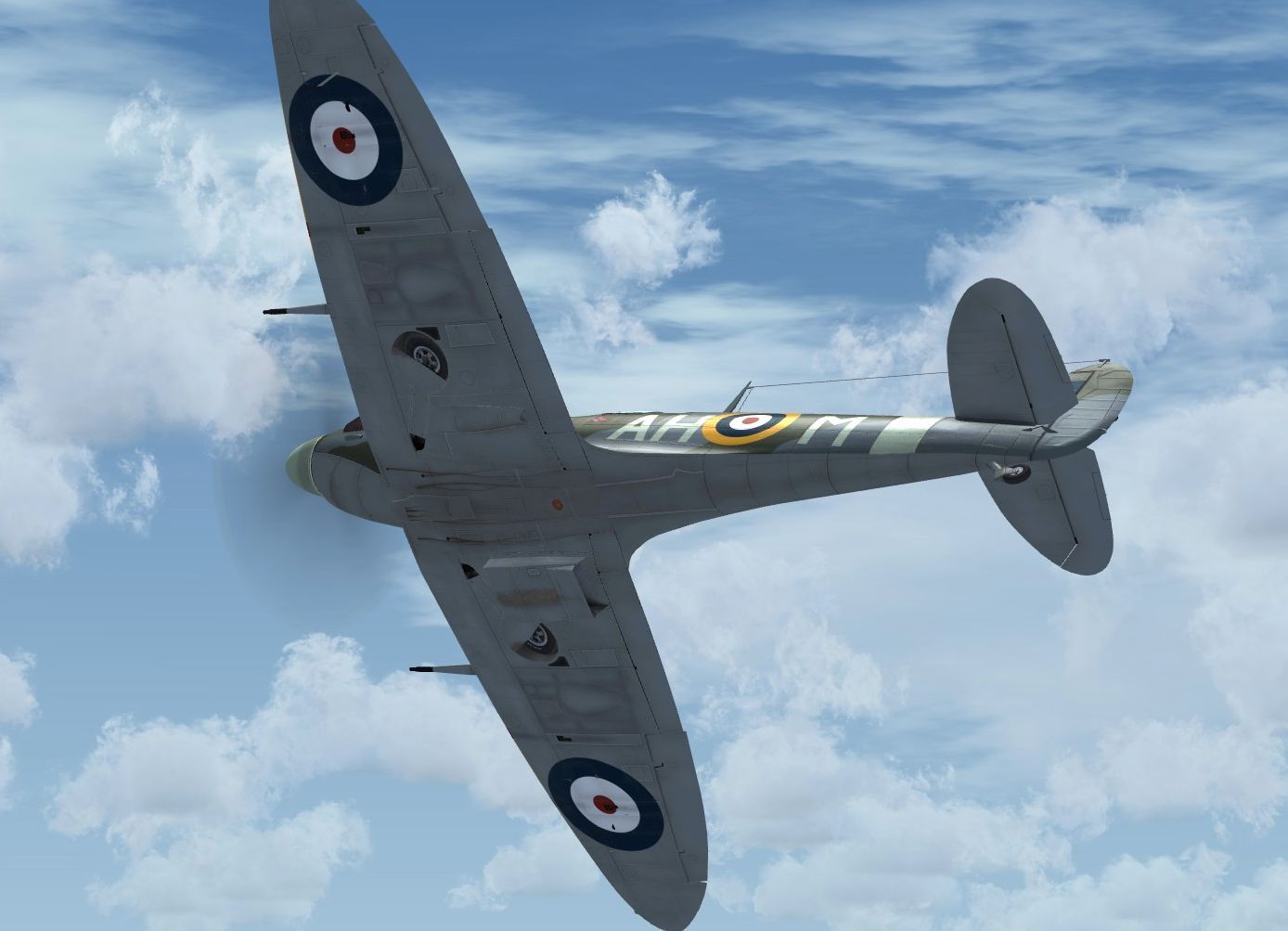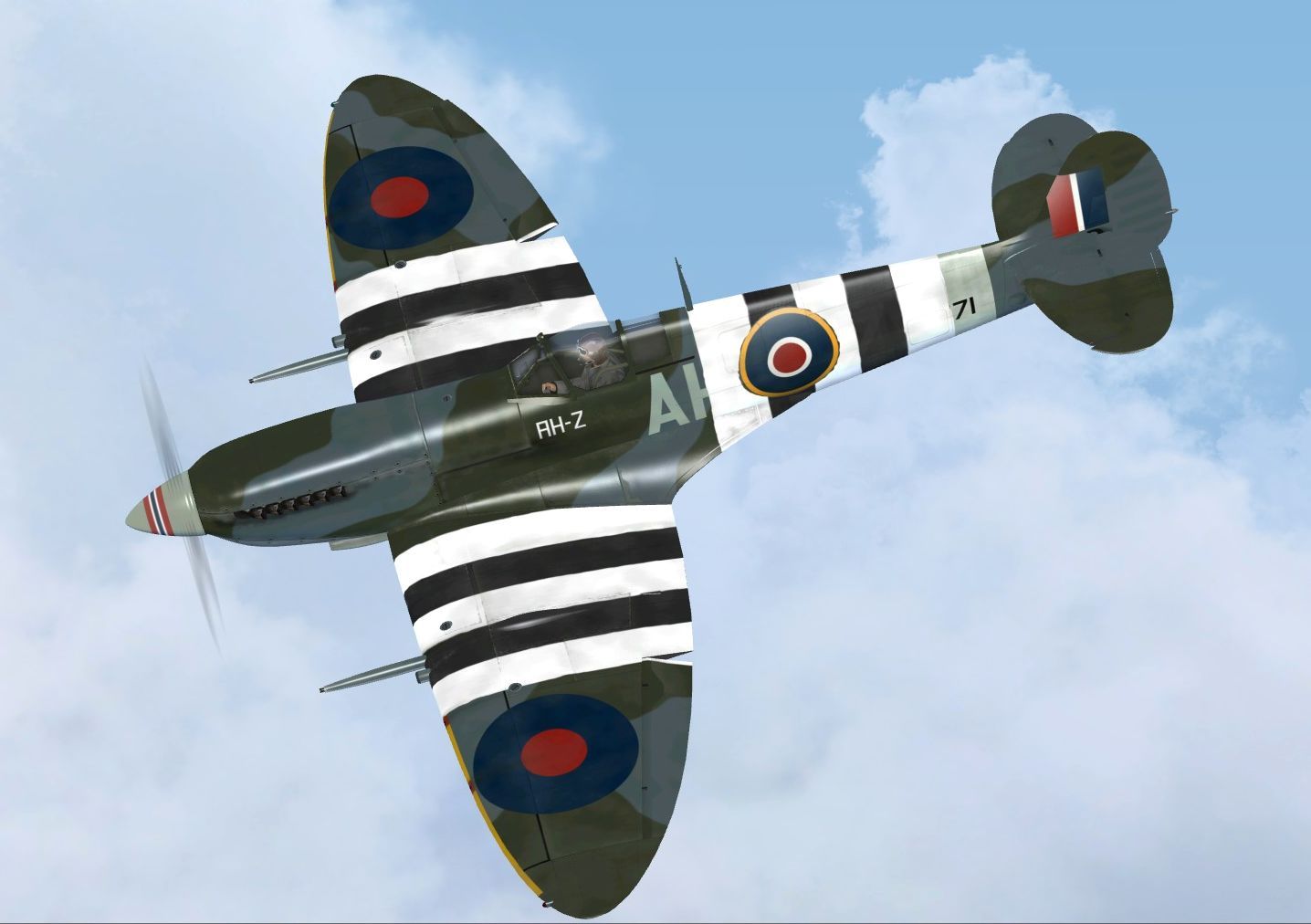JensOle
SOH-CM-2023
During my research for the painting of Norwegian Spitfires I kept finding pictures of Werner H. Christie and his Spitfires.
He was one of many great Norwegian pilots during the war, ending the war with 10 confirmed victories, but his career is maybe
the most interesting of them all. It started with obsolete biplanes in Norway in the late 1930’s and ended with high performance
jet fighters.
He started his flying career in the Norwegian Army Air force in 1937. As the Germans invaded Norway on 9th April 1940, Christie,
with the rank of sergeant, took part in the fighting until late April. In the autumn of 1940 Christie fled to Canada via Sweden,
the Soviet Union and the United States. He joined the air force-in-exile at Little Norway in Canada.


Curtis P-36 painted as a Hawk 75A-8 in the colors of the Norwegian Army Air force /Air Force Flying training camp at Little Norway,
Toronto, Canada as Christie most likely flew during his time at Little Norway in 1941. The Hawk 75s had actually been ordered before
the war by Norway, but sadly they were not delivered when Germany attacked in April 1940, and they were later delivered to the
Norwegian forces in exile in Canada.
He attended refresher-flying training at the 56 OUT in 1941. He was back with the Norwegian 331 Sqn in September 1941, but he was
rather quickly sent to the British No. 253 Sqn to build experience on offensive fighter operations (331 was at the time based in
Scotland and officers were attached to British squadrons in the south to bring back experience and knowhow).
In January 1942 he is among the cadre that form the second Norwegian fighter squadron, 332 Sqn at Catterick.


He was one of many great Norwegian pilots during the war, ending the war with 10 confirmed victories, but his career is maybe
the most interesting of them all. It started with obsolete biplanes in Norway in the late 1930’s and ended with high performance
jet fighters.
He started his flying career in the Norwegian Army Air force in 1937. As the Germans invaded Norway on 9th April 1940, Christie,
with the rank of sergeant, took part in the fighting until late April. In the autumn of 1940 Christie fled to Canada via Sweden,
the Soviet Union and the United States. He joined the air force-in-exile at Little Norway in Canada.


Curtis P-36 painted as a Hawk 75A-8 in the colors of the Norwegian Army Air force /Air Force Flying training camp at Little Norway,
Toronto, Canada as Christie most likely flew during his time at Little Norway in 1941. The Hawk 75s had actually been ordered before
the war by Norway, but sadly they were not delivered when Germany attacked in April 1940, and they were later delivered to the
Norwegian forces in exile in Canada.
He attended refresher-flying training at the 56 OUT in 1941. He was back with the Norwegian 331 Sqn in September 1941, but he was
rather quickly sent to the British No. 253 Sqn to build experience on offensive fighter operations (331 was at the time based in
Scotland and officers were attached to British squadrons in the south to bring back experience and knowhow).
In January 1942 he is among the cadre that form the second Norwegian fighter squadron, 332 Sqn at Catterick.






















